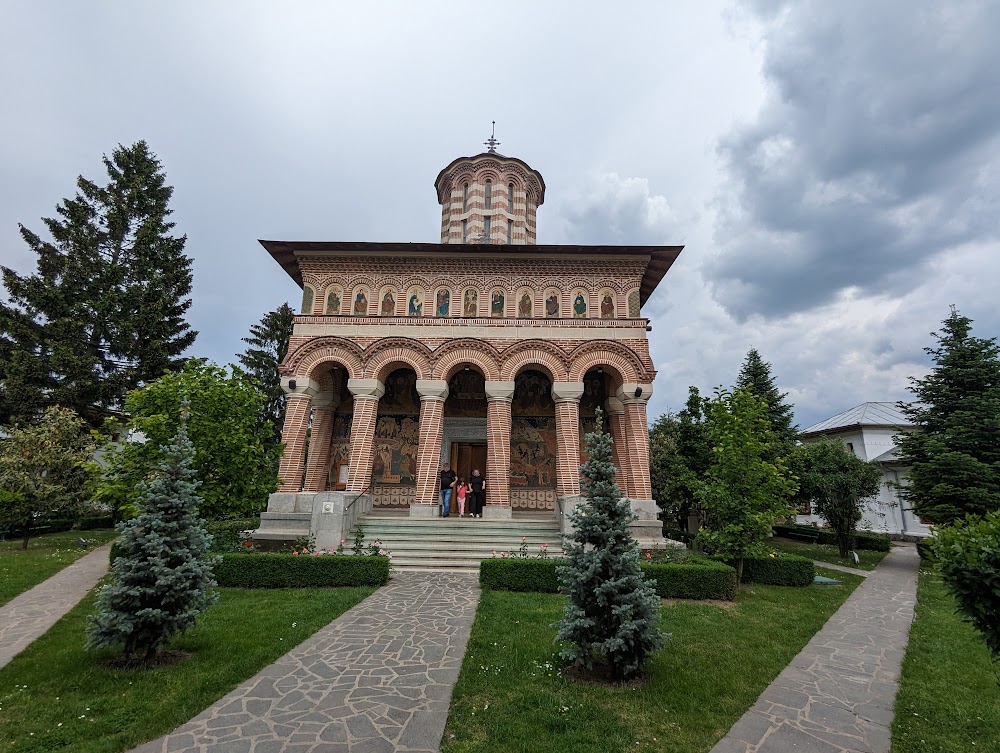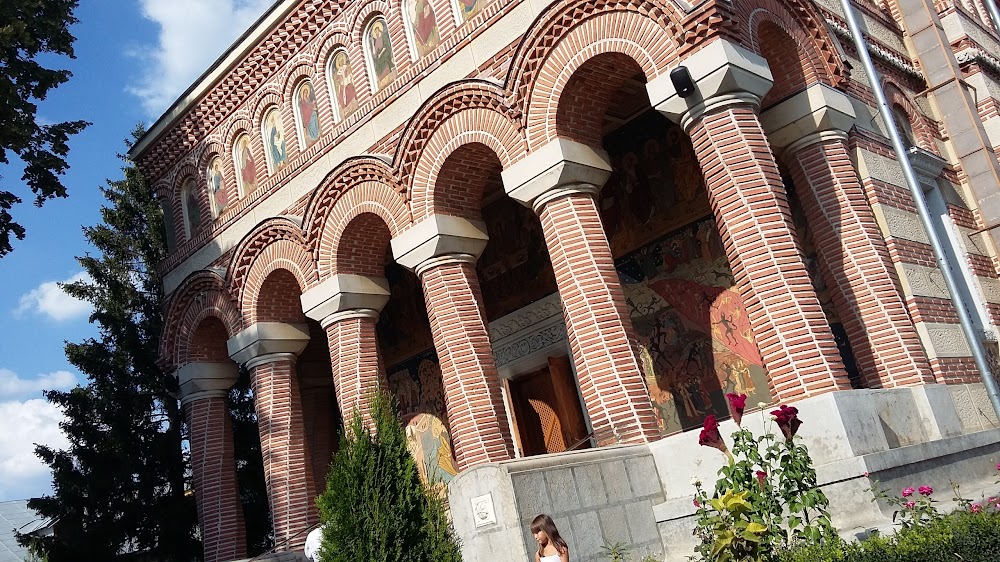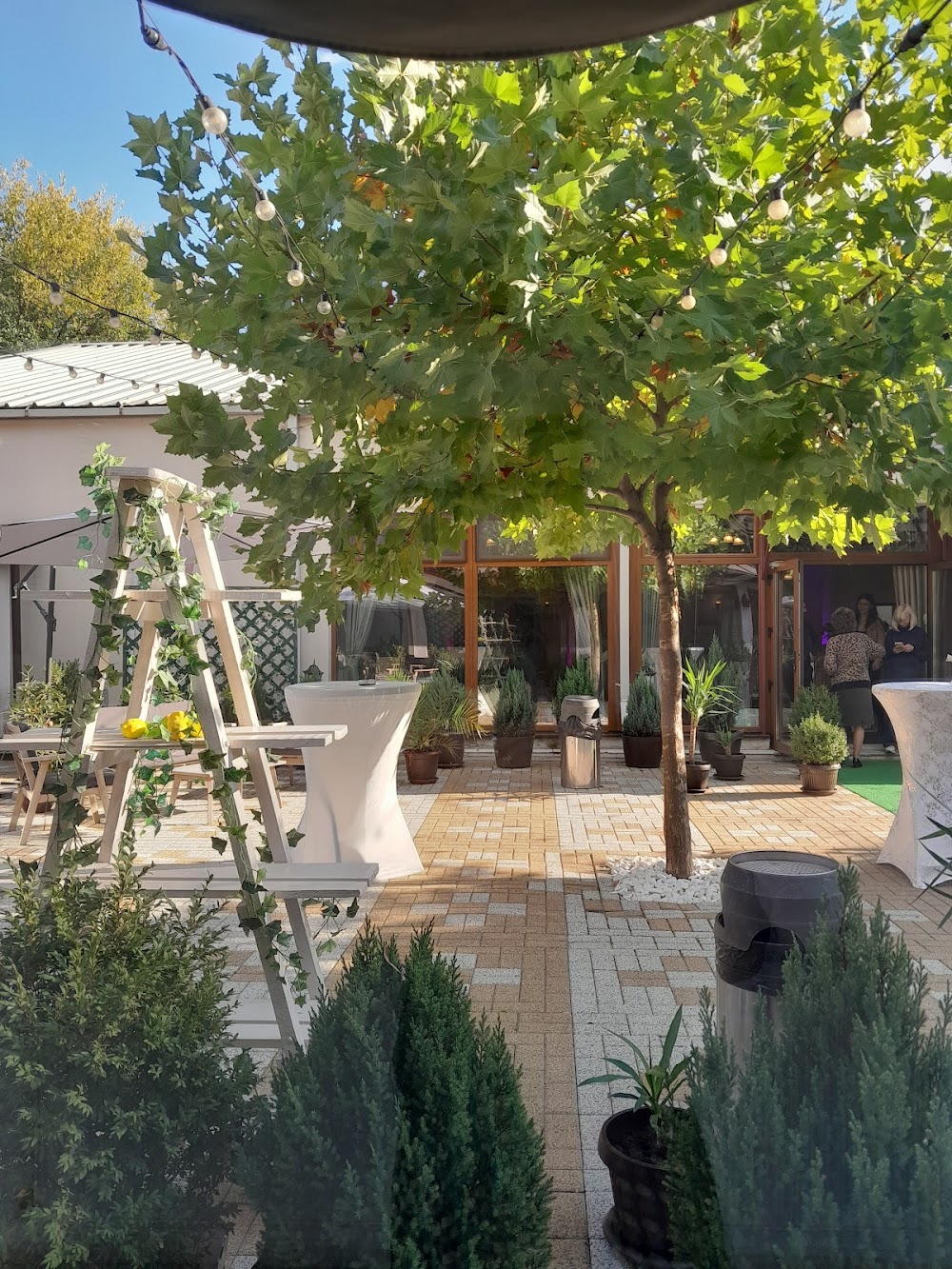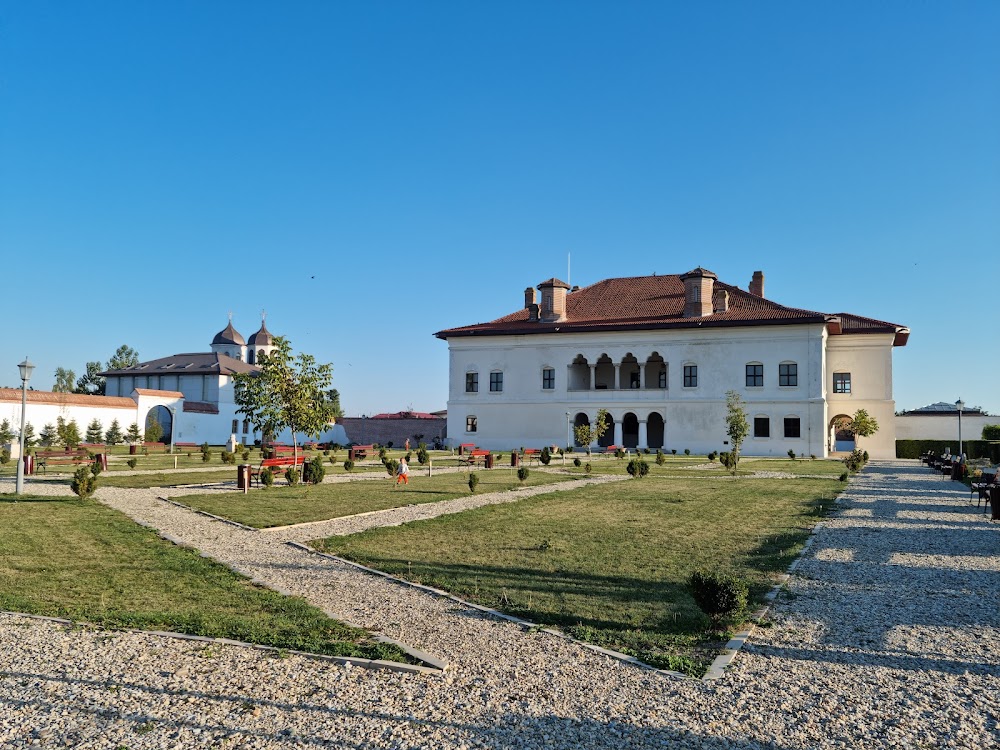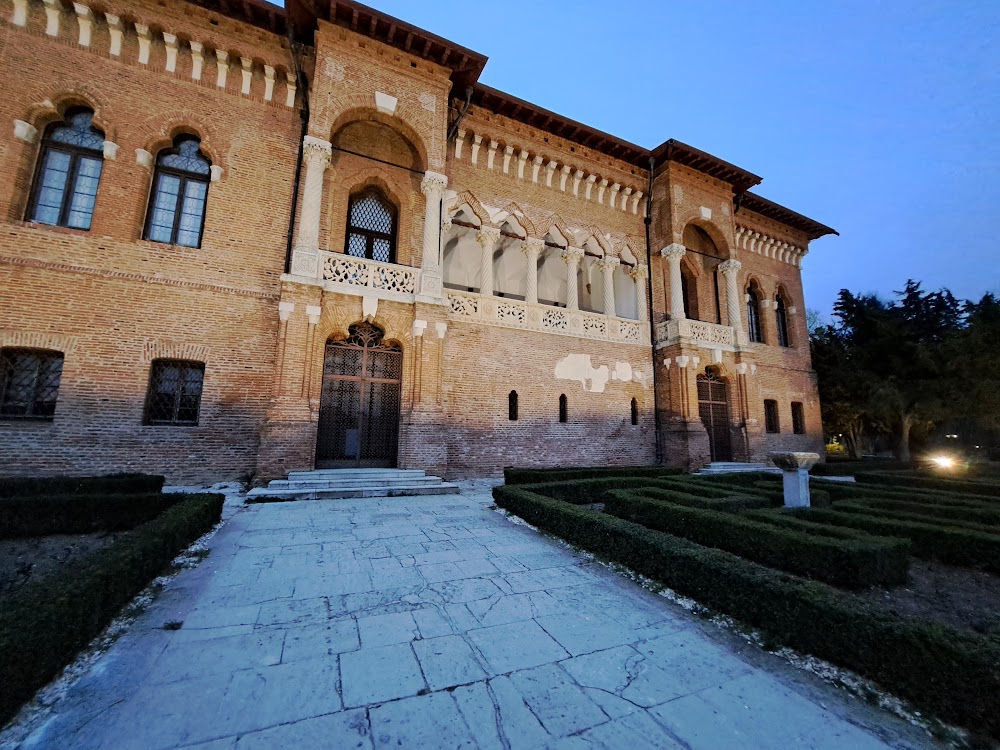Samurcășești Monastery (Mănăstirea Samurcășești)
Overview
Samurcășești Monastery, also known as Ciorogârla Monastery, is a remarkable religious and cultural landmark located in Ilfov County, Romania. Nestled in a tranquil setting, it stands as a testament to the region's rich historical and architectural legacy.
Historical Significance
Founded in the early 19th century by the notable Romanian nobleman Samurcăș Marele Postelnic, the monastery reflects the deep historical ties of its founder's distinguished family. A devoted Christian, Samurcăș envisioned a sanctuary where worship and community life could flourish. He dedicated a considerable portion of his wealth and land to make this vision a reality.
Architectural Marvel
Construction of the monastery began in 1808, with the primary structure completed by the following year. Its architectural design prominently features the Brâncovenesc style, also known as the Wallachian Renaissance, which beautifully integrates Byzantine and Baroque elements. This style is characterized by exquisite carved stone and woodwork, intricate frescoes, and stunning icons. Craftsmen and artisans from across the region contributed their talents, ensuring the highest level of artistry and craftsmanship.
The Main Church
At the heart of the monastery complex is the main church, or ‘biserica’. This architectural gem showcases a lavish interplay of exterior and interior decorations. The church’s exterior features a tall, elegant steeple and intricate stone carvings depicting religious motifs. Inside, visitors are greeted by walls adorned with frescoes created by renowned artists of the period, illustrating scenes from the Bible and the lives of saints. The iconostasis—a beautifully crafted screen decorated with icons—serves as a striking focal point, enhanced by detailed workmanship and gold leaf accents.
Complex Layout
In addition to the main church, the monastery complex encompasses several other buildings, including monk cells, a refectory, and various utility structures that support the daily life of the monastic community. The entire complex is encircled by a fortified wall, originally constructed to safeguard its inhabitants and sacred objects from invasions and raids that were common during its early years.
Cultural Repository
Throughout its history, Samurcășești Monastery has functioned not only as a place of worship but also as a hub for cultural and social activities. It has housed invaluable religious artifacts, manuscripts, and books, establishing itself as a vital repository of Romanian spiritual and cultural heritage.
Resilience Through Challenges
The monastery has faced numerous challenges over the years, including natural disasters and political upheaval. Notably, it suffered partial damage during the earthquake of 1940, prompting significant restoration efforts that have continued to this day, ensuring that the monastery remains well-preserved and retains its historical and architectural integrity.
Modern Era
During Romania's communist regime, the monastery, like many religious institutions, faced restrictions but remained active, serving as a beacon of faith and resilience for the local community. Following the fall of communism, it regained its prominent status and has since become a focal point for religious activities, pilgrimages, and tourism.
Today, Samurcășești Monastery is a serene sanctuary and a symbol of spiritual and cultural endurance. Visitors can immerse themselves in its historical and architectural beauty while experiencing the peaceful and contemplative atmosphere it offers. Whether attending a service, exploring the exquisite architecture, or leisurely strolling through the tranquil grounds, the monastery continues to be a cherished part of Romania's rich heritage.


